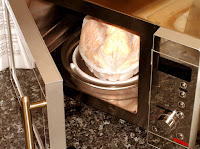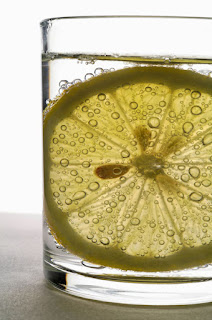 Fall and football season are here. What game is complete without a tailgate party? But while you’re watching the end zone, your food could end up in the “danger zone” of 40 to 140 degrees Fahrenheit.
Fall and football season are here. What game is complete without a tailgate party? But while you’re watching the end zone, your food could end up in the “danger zone” of 40 to 140 degrees Fahrenheit. Perishable foods should be eaten within 2 hours, or 1 hour if the outside temperature is above 90 degrees F, which will cause bacteria to grow faster. Here are some tips to keep your tailgate food safe.
Pre-cooking
- Interrupted cooking is very risky. It’s not a good idea to partially pre-cook and finish on the grill later.
- If you do cook the meat before heading to the game, be sure to cook it thoroughly and allow plenty of time for it to cool before packing it in the cooler. Store perishable foods at or below 40 degrees F.
- Make sure the meat is cooked thoroughly and reaches a safe internal temperature when reheated.
Grilling
- To grill safely, make sure the grill is ready and that the coals are very hot before cooking food. This can take 30 minutes or longer.
- Coals should have a light coating of grey ash for optimal heat.
- Thoroughly cook all meat and poultry. Use a meat thermometer to make sure the temperature has reached a safe internal temperature.
- To assure meat is safe, cook hamburgers and brats to 160 F and chicken breast to 165 F.
- Always make sure to wash your hands after handling raw meat.
Keep food at safe temperatures
- Avoid the “danger zone.” Keep cold foods cold (below 40 degrees F) and hot foods hot (over 140 degrees F).
- Serve hot, grilled foods immediately.
- Put cooked foods on clean plates, not on plates that were used to hold raw meat or poultry.
Clean up and leftovers
- Clean the grill after each use.
- Chill any leftovers promptly. Divide larger quantities into small, shallow containers for faster cooling.
- Keep all perishable foods on ice or refrigerated at all times.
- Keep foods iced as you travel home and refrigerate as soon as you get home.
Visit MissouriFamilies.org to find more information on food safety.
Contributor: Karen Sherbondy, MEd, RD, LD, Extension Associate, Nutrition and Exercise Physiology, University of Missouri Extension, 816-655-6227






